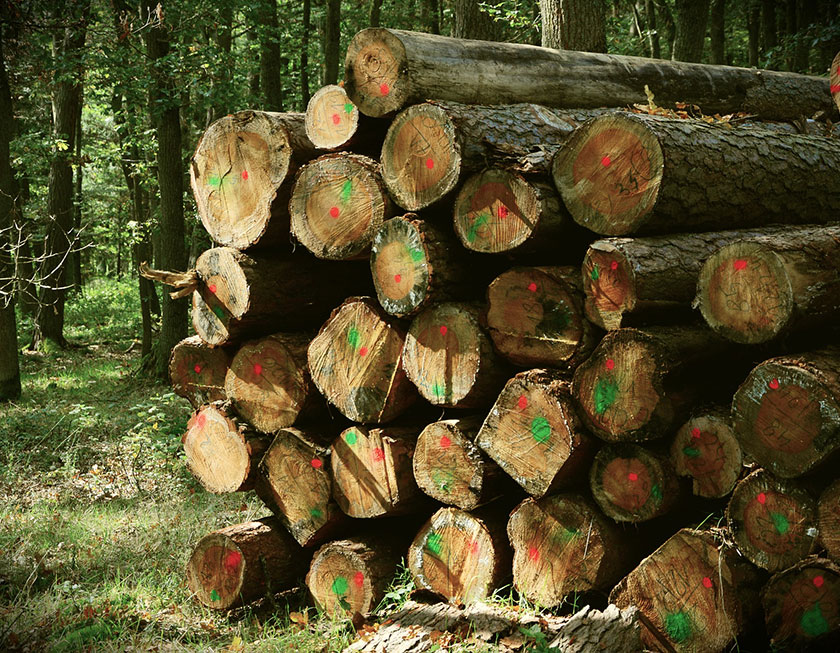Origin of renewable energy sources – Biomass [ctd.]

Biomass: Potential as a renewable energy source
Biomass, probably the oldest energy source of humanity, still provides about 10.5% of today’s global energy demand [1].
Traditional biomass (firewood, agricultural residue, cow-dung and charcoal) which makes up 8.48% of the global energy demand is mainly being used for cooking and heating [2]. It is largely harvested in developing countries in Asia and Africa. In traditional practices, people do not ensure another generation of trees. They use biomass as an energy source in traditional biomass stoves which are inefficient and unsafe. Therefore, traditional biomass is neither sustainable nor safe though it is a readily available energy source and as such, extensive use of traditional biomass leads to deforestation and intensifies the climate change.
Biomass is renewable (modern biomass) if and only if it is produced in a sustainable way!

Modern biomass (combustible waste, forest residue, sugarcane, etc.), on the other hand, is predominantly being used in developed countries and also in Brazil to generate electricity/ heat or to produce ethanol, methanol or hydrogen. Unlike traditional biomass, modern biomass is considered a renewable energy source since modern biomass is produced sustainably. Currently, modern biomass provides as little as 1.9% of global energy demand. The interest of the modern biomass as a renewable energy source, however, is growing and of paramount importance as its potential is much higher than its present-day share.
Current worldwide biomass-based electricity generation capacity is estimated at 112 GW. According to recent assessments, the potential of biomass energy by 2050 would be around 5 TW [3]. Thus, modern biomass seems to be a promising source of renewable energy. It helps mitigate the waste problem, lowers the greenhouse gas emission and alleviates the climate change.
However…It is important to realize that 5 TW of power from biomass is equivalent to billions of trees/crops grown in half a billion hectares on our own living planet.
Would this planet earth be able to accommodate such a number while providing space for homes, roads, buildings, cultivation, etc. for 9 billion people [4]?
May be!
But…Just think!
Should we waste already stressed virgin land in the name of biomass?
Should we massacre priceless forests in the name of biomass?
Should we despoil dwelling homes of wildlife in the name of biomass?
Should we consecrate billions of hectares for biomass production in the name of biomass?
Certainly should not…if we have access to other potential renewable energy sources.
Let us see if there such renewable energy sources in next articles.
-
Demirbas, A., and Arin, G. (2002). An overview of biomass pyrolysis. Energy sources, 24 (5), 471-482.
-
Goldemberg, J. (2007). Ethanol for a sustainable energy future. Science, 315(5813), 808-810.
-
Schiermeier, Q., Tollefson, J., Scully, T., Witze, A., and Morton, O. (2008). Energy alternatives: Electricity without carbon. Nature News, 454 (7206), 816-823.
-
Fischer, G., Hizsnyik, E., Prieler, S., van Velthuizen, H., and Wiberg, D. (2012). Scarcity and abundance of land resources: competing uses and the shrinking land resource base.
